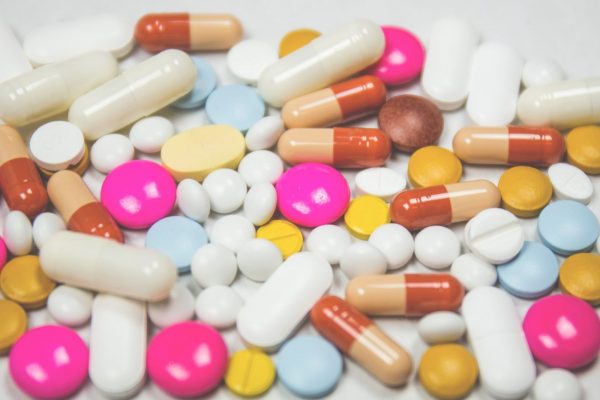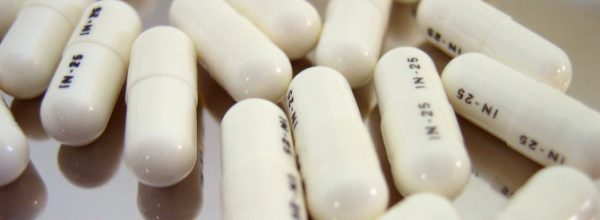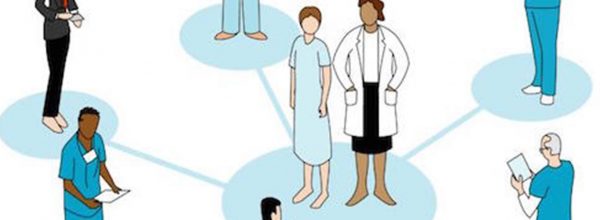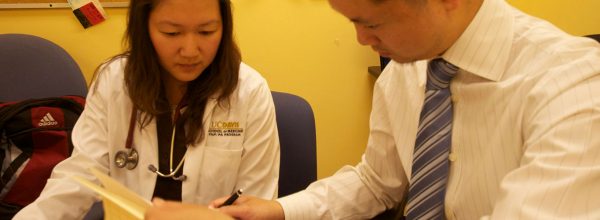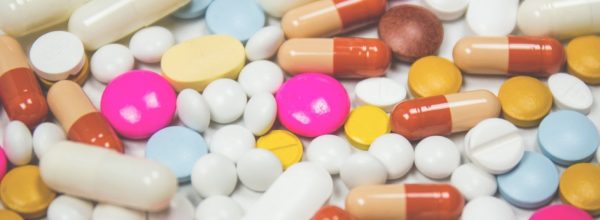What was the problem that needed to be addressed?
The United States spends over $300 billion annually on medications. At the same time, the U.S. spends an equal amount of money correcting the problems caused by these medications due to issues such as non-adherence, adverse effects, drug interactions, and inadequate treatment.
What was the innovation?
The University of Southern California (USC) School of Pharmacy collaborated with AltaMed Health Services to provide comprehensive medication management (CMM) for patients with poor chronic disease control. The innovation took place at ten of AltaMed’s clinics, including seven Patient-Centered Medical Homes and three Programs of All-inclusive Care for the Elderly centers in Los Angeles and Orange County’s underserved communities. In addition, three clinics received video tele-health services from a clinical pharmacy team. The remaining 25+ AltaMed clinics are considered the “usual care” cohort of the study.
High-risk patients for inclusion into the program are identified through multiple algorithms embedded into the electronic health record and frequent utilization of acute care resources. Patients identified are scheduled for appointments with the clinical pharmacy teams and receive a comprehensive evaluation of medication-related barriers to attainment of treatment goals. Through collaborative practice agreements the clinical pharmacists modify drug therapy (add, discontinue, adjust doses, etc.), order tests for monitoring efficacy and safety, and follow-up with each patient to ensure treatment success. Clinical pharmacists document all activities in the electronic health record, ensuring that primary care physicians are constantly updated.
How was this innovation funded?
The Centers for Medicare and Medicaid Innovation (CMMI) granted the USC School of Pharmacy a Healthcare Innovation Award (HCIA) to fund a study with a primary purpose of evaluating the impact of integration of clinical pharmacy teams into primary care clinics.
Who were the key partners needed?
- Physician senior leaders and champions at AltaMed Health Services played an integral role in the uptake of this innovation.
- The USC School of Pharmacy provided clinical pharmacy practice expertise and management including collaborative practice agreement development, workflow, and clinical pharmacy technician competencies.
- Pharmacy technician schools modified their curriculum. The East Los Angeles Occupational Center, Cerritos College, and Santa Ana College are in the process of implementing curriculum reform incorporating clinical pharmacy technician competencies used in this approach.
What were the results?
Financially, preliminary results indicate that the cost savings generated through a reduction in acute care utilization pays for at least the cost of each pharmacist team ($300K annually). Further analysis comparing total healthcare costs of intervention patients with propensity matched controls will be determined at the end of the study period.
All healthcare quality measures collected thus far (hemoglobin A1C (A1C) for diabetes mellitus, blood pressure (BP) for hypertension) demonstrate significant improvement in association with the intervention. 87% of patients with BP above goal reach goal within 45 days of enrollment, and patients reach A1C goals more than twice as often then controls after 6 months of enrollment. The pharmacy teams are identifying and resolving an average of 10 medication-related problems per patient. Most interventions (43%) are found to be related to insufficient or inadequate medication therapy (dosing too low, not enough medication, suboptimal medication selection, etc.).
Patients have reported high satisfaction with the clinical pharmacy program with an overall score of 9.7 out of 10 on a modified version of the Consumer Assessment of Healthcare Providers and Systems (CAHPS). In addition, patients have sent unsolicited letters directed to AltaMed’s CEO asking that the program continue beyond the grant period.
Healthcare quality measures, safety data, patient and provider satisfaction, and return on investment calculations will all also be determined at the end of the 3-year grant period by comparing intervention with “usual care” clinics.
What lessons were learned?
One obstacle faced early-on with this innovation was accurately identifying patients with the greatest potential to benefit from the clinical pharmacy services. Computer algorithms which included test results, vital signs, demographics, medications and other variables which helped determine study inclusion took time and consideration to develop. Fortunately, the USC pharmacy innovation team is willing to share many of their tools.
Should other practices replicate this approach?
Many other practices (safety net and non-safety net) are already duplicating this innovation. Early results suggest that this is an effective intervention that can improve patient care, provide training opportunities for pharmacy students, and reduce downstream costs.
For successful implementation, the innovation’s co-developer suggests these steps:
- Secure physician leadership commitment
- Identify a high-risk population for intervention
- Use well-vetted and evidence-based collaborative practice agreements and resources
- Decide on data elements before starting and be sure to collect them beginning Day 1
- Work closely with clinic staff and integrate the program into their workflow
- Feedback results to all stakeholders frequently
Additional resources:
- U.S. Public Health Service Report summarizing evidence supporting the value of clinical pharmacy services
- CDC Guide on partnering with pharmacists for chronic disease management and prevention
- The Patient Centered Primary Care Collaborative (PCPCC) Medication Management Guide
- USC Medication Therapy Intervention and Documentation Manual
Find this useful or interesting? We’re constantly sharing stuff like this. Sign up to receive our newsletter to stay in the loop.

